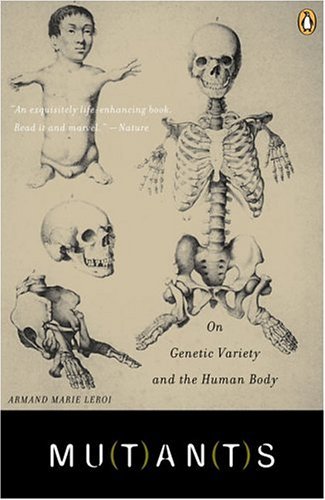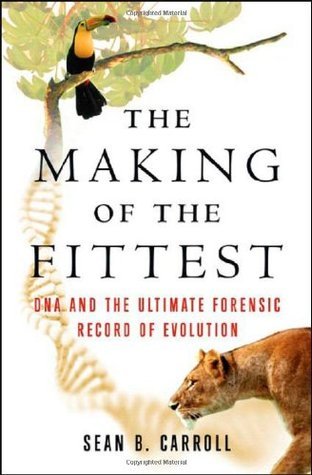
Mutants: On Genetic Variety and the Human Body
Book Description
Unlock the secrets of the human body as you plunge into the captivating world of genetic variety. From astonishing differences that define our very existence to the untold stories behind extraordinary mutations, Armand Marie Leroi takes you on a thrilling journey through the landscape of evolution and identity. Explore how mutations shape not only our biology but also our culture and destinies. Each chapter reveals vivid tales of survival, adaptation, and the unheard voices of genetic diversity. Can understanding our biological variations lead to a brighter future, or will it unveil deeper divisions within humanity?
Quick Book Summary
"Mutants: On Genetic Variety and the Human Body" by Armand Marie Leroi delves into the fascinating, often surprising, ways that genetic mutations shape the human condition. With vivid storytelling and scientific insight, Leroi examines both common and rare genetic variations, exploring how they arise, how they are expressed in the body, and how society reacts to them. The book journeys from historical accounts of so-called "monsters" to the modern understanding of DNA, blending medical history, biology, and sociology. Leroi emphasizes that mutations are not mere anomalies but essential drivers of evolution and diversity. By weaving personal stories, case studies, and cultural attitudes, he shows how our differences shape our identities and destinies, offering a profound perspective on what it means to be human.
Summary of Key Ideas
Table of Contents
Genetic Mutations as Drivers of Diversity and Evolution
Leroi begins by exploring the science behind genetic mutations, the small errors in our DNA that contribute to variation within our species. Rather than viewing mutations solely as harmful or abnormal, he positions them as fundamental to the evolutionary process—creating new traits, fueling adaptation, and ensuring survival over generations. He uses clear language to unravel complex genetic mechanisms, demonstrating how diverse phenotypes emerge from subtle molecular changes.
The Interface Between Biology, Medicine, and Society
The book vividly recounts historical and modern cases of individuals born with unusual physical traits—conjoined twins, people with extra limbs, and extraordinary skin or bone conditions. These stories, spanning centuries, highlight how societies have reacted to and interpreted such differences, often treating them as omens, curiosities, or medical marvels. Through these narratives, Leroi reveals how medical knowledge has evolved and how perceptions of "normality" are socially constructed.
Stories Behind Extraordinary Bodies and Their Impact
Blending science with cultural history, Leroi examines the medicalization of difference—from the rise of anatomy and pathology to the development of genetics as a discipline. He discusses key figures, groundbreaking discoveries, and shifting attitudes toward physical anomalies, showing how our understanding of heredity transformed from superstition to science. This section underscores the interplay between scientific progress and societal biases, reminding readers that interpretations of human diversity are shaped by context.
The Ethical and Cultural Dimensions of Human Variation
As he investigates the human side of genetic variation, Leroi touches on the ethical and philosophical challenges that arise—such as debates over eugenics, the definition of disease, and the push toward genetic engineering. He captures the tension between celebrating uniqueness and striving for "perfection," prompting readers to consider the consequences of altering human diversity. Leroi argues that embracing our variety is key to appreciating the complexity and resilience of humanity.
Ultimately, "Mutants" invites readers to reconsider what it means to be human. By reframing mutations as sources of strength, not just pathology, Leroi illustrates how genetic diversity has deep implications for identity, acceptance, and the future of medicine. The book serves as a call to acknowledge both our shared biology and the beauty of our differences, urging society to move beyond fear and prejudice toward a deeper understanding of human variation.
Download This Summary
Get a free PDF of this summary instantly — no email required.





